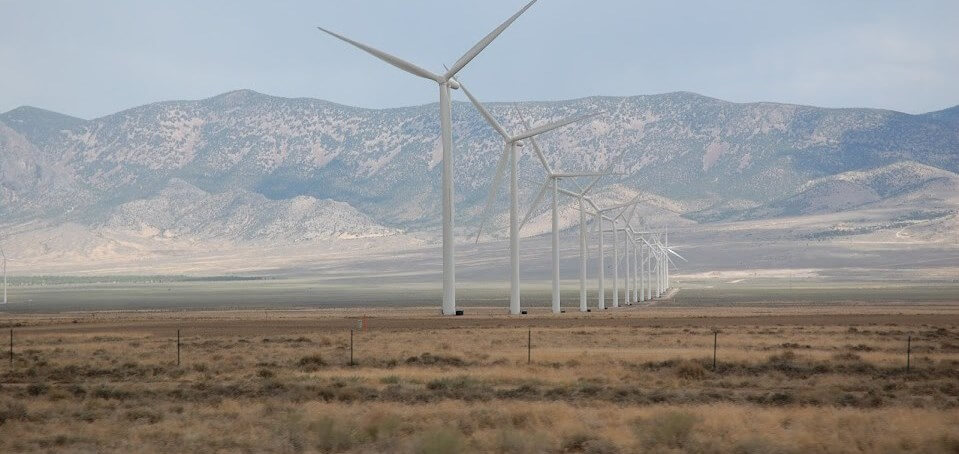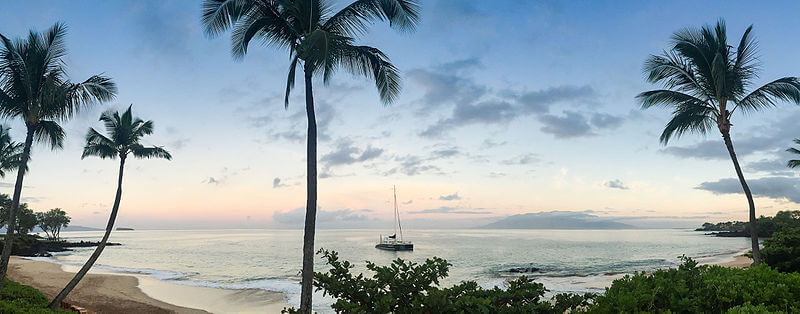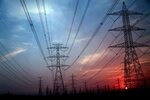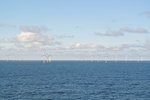News Release from windfair.net
Wind Industry Profile of
Wind Energy Conquers the Planet's Most Remote Corners
Above all, the strong growth in the offshore wind sector has contributed to the fact that the history of wind energy in Germany continues to be a successful one, because in 2016 winds blew rather weak. However, new offshore wind farms were able to generate an increase of 57 percent of the energy mix so that the decline of 6 percent in energy produced by onshore plants was not significant.
While wind energy in Germany has found its place in the electricity mix, other countries are not yet ready. Although many countries have decided to expand their renewable energies by the end of last year's Paris Climate Agreement, there is still a long way to go.
Grid expansion problems
However, there are some positive developments these days. The first wind turbine was recently erected in the oil state of Saudi Arabia. The GE 2.75-120 turbine is used mainly for demonstration purposes, since wind energy in the Saudi kingdom was previously a foreign word. Energy supplier Saudi Aramco had begun to take a closer look at the country's wind conditions some years ago and has concluded that it is a good place for wind farms, but other factors play a role concerning possible constructions. The connection to the national electricity network not being well developed outside the big cities is a great problem.
Abdulkarim Al Ghamdi, Saudi Aramco’s Executive Head for Power Systems, said: “Saudi Aramco is actively promoting the reduction of energy intensity across the Kingdom by advocating responsible policies, awareness, and energy innovation. This milestone has been made possible with the skills and knowledge Saudi Aramco has attained over decades as the Kingdom’s reliable supplier of energy and those of our partner, GE, as a wind industry leader.”
The Saudis' expansion targets are nevertheless ambitious: By 2023, 9500 megawatts of solar and wind energy are supposed to supply the Arabs with green electricity – the recently erected small GE wind turbine though produces electricity for only 250 households.
No more imports
Jordan on the other hand is a step further. At least two new wind farms are to be built in the coming year. Gamesa will equip the 86 MW wind farm Al Rajef, located in southern Jordan in the Maan region, with 41 of its G114-2.1 turbines. And another wind farm near the city of Amman has now been given green light: The financing for the 89MW project is finished, the planning has been taken over by Korea Electric Power Co. Vestas will install 27 V126-3.3 MW turbines.
So far, Jordan is almost completely dependent on gas and oil imports, but wants to produce at least 10 percent of its energy by 2020 with the help of renewable sources.

Wind Energy in the desert (Image: AWEA)
Remote regions benefit
Russia has long been able to get along with its own raw materials. The share of renewable energies in the country's power mix is hardly measurable until now. But Moscow, too, is about to take first steps towards renewables now.
Wind energy in particular, however, could be able to solve the ever-present supply difficulties, especially in areas that are hard to access. In the north of the country, as well as in Siberia, where the population is constantly struggling with power failures, wind farms are planned.
The connection to the Russian electricity grid is usually bad. Local factories or military installations also often drain the existing electricity leaving the locals to deal with the consequences. This is one of the reasons why a new initiative has been launched in Moscow to promote the development of wind energy in these remote regions. The facilities could supply the local population with electricity. Additionally thousands of kilometers of transmission lines would be dispensable.
The announcement for the building of an offshore wind farm in the partial republic Karelia can be seen as a first success. The region, today divided between Finland and Russia, plans to build a 60 MW wind farm in the White Sea by 2020 latest. According to Renewables International, Khudilainen, regional leader, says: "The development of this project will not only improve the energy situation, it will also create jobs and promote the image of the republic."

Image: Wikimedia
Financial support needed
Kazakhstan, in line with its 20th anniversary of independence was awarded with a 200 million Euros credit to promote renewable energies by the European Bank for Reconstruction and Development.
And also on the small islands in the Pacific, including Samoa, Micronesia and the Cook Islands, renewable energy projects can only be realized with the help of foreign countries. In addition to the Green Climate Fund, several Asian banks are active here in order to find out in a first step which type of renewables is best suited to supply the islands with green electricity and, above all, to replace the diesel generators.
Even if it is still a long way, there is something going on also in the most remote corners of the world to counter climate change.
- Author:
- Katrin Radtke
- Email:
- kr@windfair.net
- Keywords:
- Wind energy, wind power, Russia, Jordan, Saudi Arabia, grid, GE, Vestas, Gamesa






